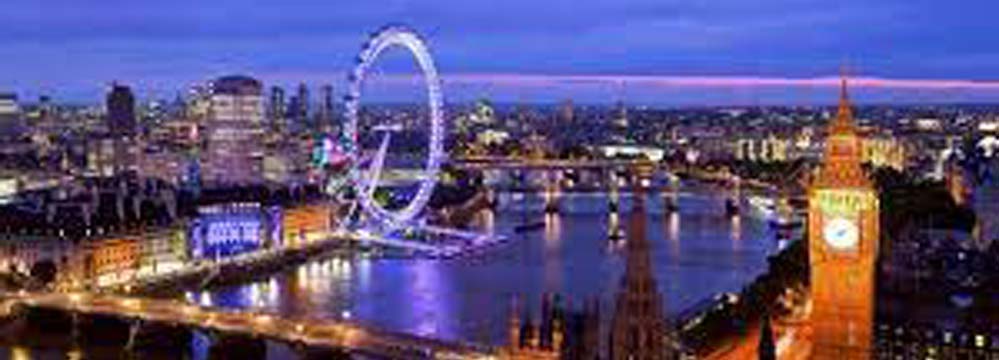(England Twitter)-History of public transport authorities in London details the various organisations that have been responsible for the public transport network in and around London, England from 1933 until 2000 and have used the London Transport brand. Their responsibilities have encompassed the buses, coaches, trams and the London Underground. The period began with the creation of the London Passenger Transport Board, which covered the County of London and adjacent counties within a 30-mile (48-km) radius. This area later came under the control of the London Transport Executive and then the London Transport Board. The area of responsibility was reduced to that of the Greater London administrative area in 1970 when the Greater London Council, and then London Regional Transport took over responsibility. Since 2000, the Greater London Authority has been the transport authority and the executive agency has been called Transport for London; ending the 67 year use of the London Transport name.
2000 onwards: Transport for London
A replacement authority for the GLC was set up in 2000, the Greater London Authority with a transport executive called Transport for London (TfL), which took over control from 3 July 2000. It is the first London transport authority since 1933 not to be commonly called London Transport. The London Underground did not pass to TfL until after a Private Finance Initiative (PFI) agreement for maintenance was completed in 2003.
Background
Prior to 1933, the ownership and management of the transport system in London was distributed among a large number of independent and separate organisations. The Underground railway system had been developed and was owned by the Underground Electric Railways Company of London (UERL) and the Metropolitan Railway. Tram and Trolleybus networks were owned by various local authorities and public companies and buses were owned by numerous companies. Many of these services were in competition with one another leading to wasteful duplication. The London County Council managed tram operations within the County of London, but its responsibility did not extend to the bus or tram routes that ran outside its area; or to the railways, which also extended into neighbouring counties. A Royal Commission on London Government in the 1920s did not permit the London County Council to extend its area of responsibility and an ad-hoc London Traffic Area was created to regulate motor traffic in the wider London region. In the 1930s another ad-hoc solution was sought to improve the control and coordination of public transport.

No comments:
Post a Comment